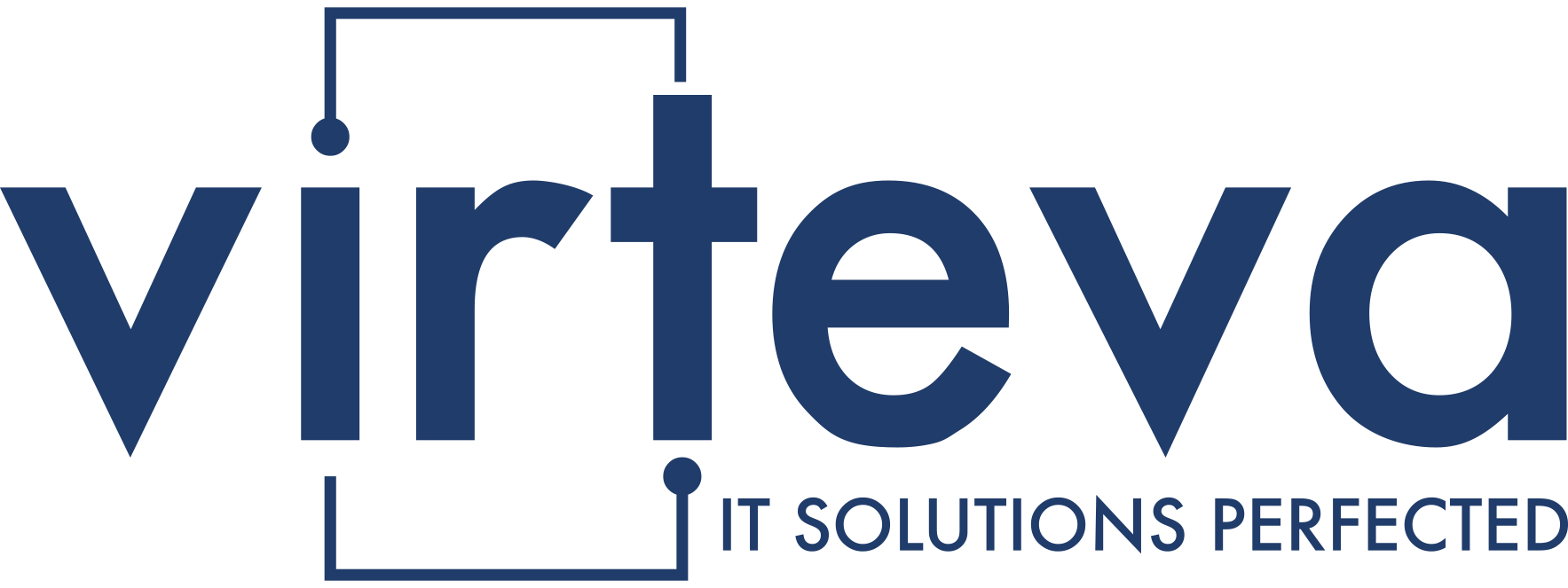As businesses increasingly move to Microsoft 365, knowing the best practices for securing your data is essential. And for the system administrator, the company security’s first line of defense, you always look for ways to improve your security posture. You want to ensure that your data and systems are protected from external threats and that your employees have the tools to work safely and securely. Microsoft 365 can help you meet these goals. In this guide, we’ll share the top 7 Microsoft 365 best practices for 2023, including actionable steps to protect your data. Whether you’re just starting with Office 365 or looking for ways to improve your security posture, this blog is for you.
1. Office 365 Security Audit Logs
One of the best security practices for Microsoft 365 is regularly auditing your security logs. Logs contain information and data about any user or device in your organization that accesses Office 365 services, including what they accessed and when. To ensure that you have full visibility into all user actions, it is crucial to set up consistent auditing processes so that you can easily spot any suspicious activity.
Organizations should also monitor their audit logs for signs of malicious activity. This can include attempts to access sensitive data or unauthorized activities, such as changes to settings and permissions. Regularly reviewing these logs allows organizations to detect and respond quickly to potential threats, reducing the chances of a security breach.
Actionable Tips
- Regularly review the audit logs for any suspicious activity or potential threats.
- Create a system to capture and store audit logs for future reference.
2. Microsoft Secure Score
Secure Score tool is another one of the best practices for Microsoft 365 security. Secure Score evaluates your organization’s Office 365 environment and indicates its security posture, highlighting gaps in your security implementation. It also suggests steps to tighten your security and increase your overall score.
Secure Score is a great way to get an overall view of your organization’s security posture. It provides valuable insights into the current state of Office 365 security. It can also help you identify issues quickly and make necessary changes before it’s too late.
Actionable Tips:
- Enable Microsoft Secure Score in the Office 365 Admin Center.
- Review your Secure Score regularly and take any necessary steps to improve it.
3. Multifactor Authentication (MFA)
MFA adds an extra layer of protection to user accounts, making it more difficult for attackers to gain access. Users must provide multiple verification forms before they can log in, such as a username/password combination or a one-time code sent to their mobile device.
MFA also helps protect users from phishing attacks and malicious attempts to access sensitive data or systems. By requiring multiple forms of authentication, attackers cannot easily guess a user’s login credentials or hijack their account.
Actionable Tips:
- Encourage users to use a unique password for their Office 365 account or other services to prevent attackers from stealing credentials.
- Consider implementing a password manager to help users efficiently manage multiple passwords.
4. Microsoft Advanced Threat Protection (ATP)
Microsoft Advanced Threat Protection (ATP) is a critical security best practice for Office 365. ATP provides a comprehensive set of tools and services to help protect your organization from threats, including malicious emails and links, malware, and phishing attacks.
ATP scans incoming emails for potential threats and blocks any suspicious messages before they can reach users. It also provides real-time monitoring and alerting for suspicious activity, helping you detect and respond quickly to potential threats.
Actionable Tips:
- Consider implementing an email filtering solution to help block malicious messages before they reach users.
- Investigate any suspicious activity or potential threats flagged by Microsoft ATP promptly.
5. Access Reviews
Access reviews help ensure that users only have access to the tools and data they need and that their access is regularly evaluated and updated as necessary.
You should conduct access reviews periodically to identify any users who may no longer need access to specific resources or services. Reviews can also help identify users who have been granted excessive access to resources and may pose a security risk.
Actionable Tips:
- Regularly review the list of users with access to resources and ensure that everyone has the appropriate level of access.
- Consider using an automated Access review solution to streamline the Access Review process and ensure reviews are conducted regularly.
6. Train Employees on Security Practices
Training employees on security best practices is also an integral part of any Microsoft 365 security plan. Employees should be regularly trained on the latest threats, recognizing suspicious activity, and following security policies.
Employees should also be aware of the consequences of not adhering to security policies and why certain restrictions are in place. This will help ensure that employees understand the importance of security and why following policies is essential to protecting the organization.
Actionable Tips:
- Develop training materials on the latest security threats and best practices.
- Hold regular meetings with staff to review security policies and ensure everyone is aware of their responsibilities.
7. Azure Conditional Access
Azure Conditional Access helps ensure users only have access to the resources and data they are authorized to use. It also allows organizations to define policies restricting which users can access data and applications and what devices they can use.
Using Azure Conditional Access, organizations can ensure that users who do not meet specific requirements are blocked from accessing data. It also allows organizations to set up multifactor authentication, which provides an additional layer of security by requiring users to provide two or more pieces of evidence to prove their identity.
Actionable Tips:
- Enable Azure Conditional Access in the Office 365 Admin Center.
- Set alerts to be notified when a user attempts to access a restricted resource or application.
Bottom Line
These are just some Microsoft 365 best practices you should consider implementing in 2023. By following these best practices and monitoring your Office 365 environment, you can help ensure that your organization’s data is secure and protected from potential threats.
If you need help implementing Microsoft 365 security best practices, Virteva can help. Our team of experienced cloud experts will work with you to develop a customized solution to fit your specific needs and ensure that your Office 365 environment is secure and compliant. Contact us today for more information or to schedule a consultation.




